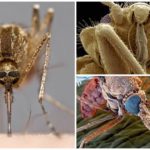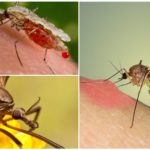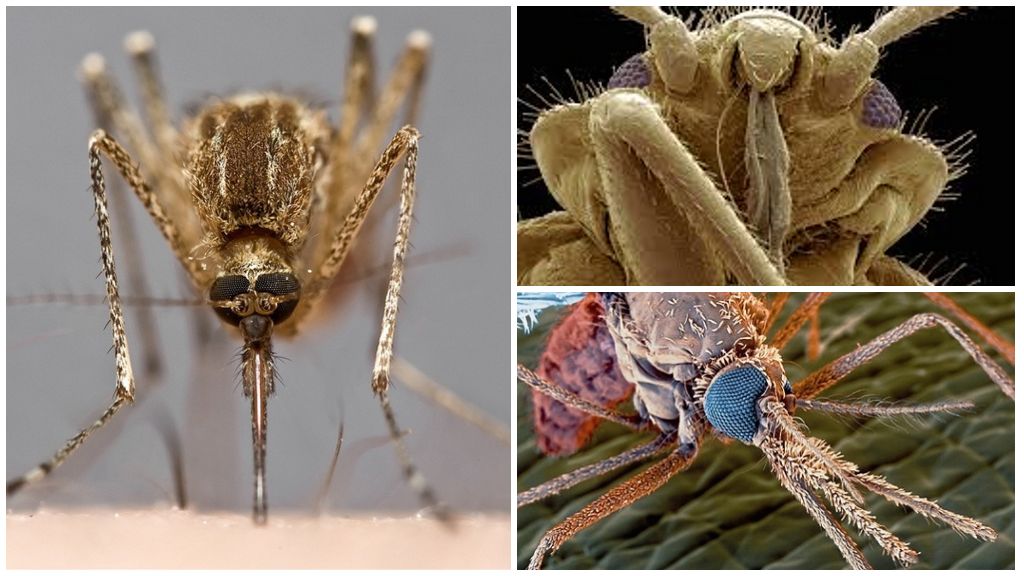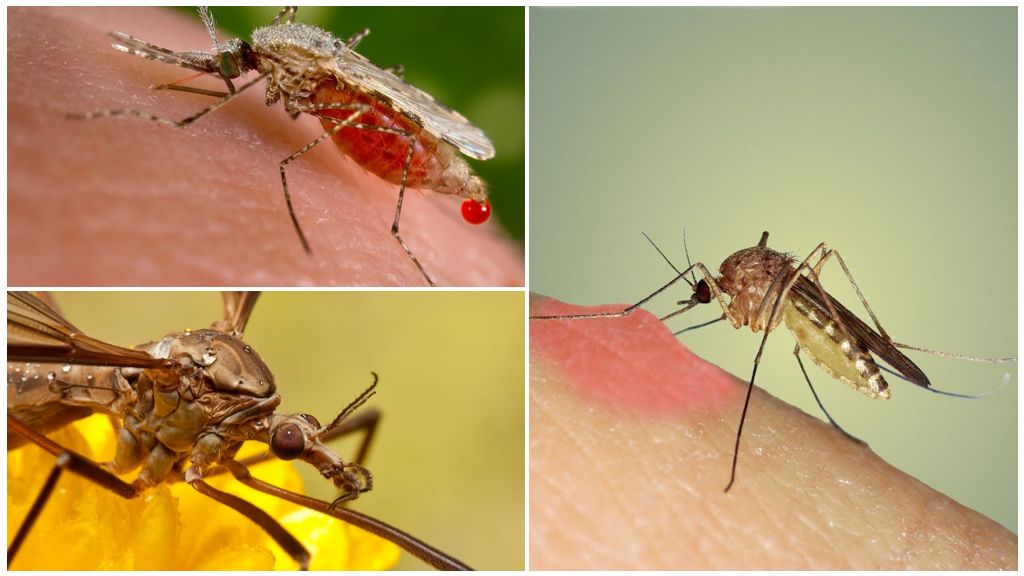Mosquito in a larger view
Content
- Mosquito under the microscope
- Mosquito bite
Mosquito - one of the oldest representatives of insects. Even fossil species are known. For the average person, this is a small individual with a pair of wings, 6 legs and a long, sharp proboscis. But a mosquito under a microscope looks completely different and many do not even realize how fascinating it is to see. Repeated magnification allows to examine in detail every part of the body of the bloodsucker. And then the insect in a different guise opens up to the human eye.
Description of the appearance of the bloodsucker under the microscope
Those who managed to see a photo of a mosquito under a microscope, clearly declare that it looks frightening and repulsive. His body no longer looks as smooth as it seems. It is all covered with fine bristles. With their help, he orients himself in space and establishes a connection with the worlds around him.
Most of all attention deserves the head, which in the photographs under the microscope looks like something alien. The first thing that catches your eye during the review mosquito structures - these are big mosaic eyes. The structure of the visual organ under a microscope looks very interesting. This is a set of small fragments that together make up the whole facet eye.
Not less attention is drawn and the structure of the oral apparatus. The mosquito in an enlarged form has a developed and branched apparatus. It consists of the upper and lower lips, jaws and proboscis. Even a mosquito's nose is not a sturdy needle, but several flexible tentacles. It is with their help that the bloodsucker finds a blood vessel under the skin.
Interesting!
In the microscope also visible and mosquito teeth. There are 50 of them. The main task of the teeth is to fix the insect during the meal.
When examining individuals in a microscope, one can see the structure of the wings. Their outer part has a shallow fringe, and on the inside there are longitudinal and transverse veinlets. It is they who give rigidity to the aircraft and allow mosquitoes to make long flights and fly into the highest floors of houses.
Growing mosquito
With the help of a powerful microscope, English scientists were able to examine in detail how a bloodsucker turns from a larva into an adult. To do this, they caught a lot of insect larvae, set the lamp and waited.
Mosquito larva passes through 3 stages of molting and at 4 already turns into imago. After the last molt, sticky wings and proboscis open at the worm. It rises above the surface of the water and flies away to look for a new source of food.
An enlarged mosquito at the final stage of maturation is formed into an adult. Their small worm turns out winged specimen, which in a few days will be able to fertilize.
Bite in detail
To make a meal and get drunk with blood, the insect has to work hard. For starters, it finds the most appropriate place on the body of the victim.This is usually a pulsating point where skin thickness is minimal. But if a mosquito is very hungry, then it will not be too selective when choosing a bite site.
The microscope allows you to see those details that can not be seen with the naked eye. A multiple increase makes it possible to consider the process of the meal itself. Under laboratory conditions, scientists managed to photograph how a mosquito bites under a microscope. The bloodsucker finds a blood vessel under the skin and absorbs the biological material. It was possible to do this on the example of a mouse, but this scheme acts independently of the object.
The detailed video shows how the mosquito's trunk is trying to find a vessel under the skin by translational movements. It examines skin cells that are near. After the mosquito rests against the vessel with its nose, it pierces it and the feeding process begins.
Interesting!
Himself Mosquito bite Lasts about 1-2 minutes, but sometimes 4 minutes are allotted for a meal. Finding a vessel is about 3-5 seconds. But, how many times can a mosquito bitedepends on the degree of his hunger and the actions of the victim.
The video also shows how flexible and agile the sting of a mosquito is.It easily bends, turns and makes other movements in search of a source of food.
Thus, a mosquito under a microscope is a frightening sight and a similar study allowed scientists to identify many interesting facts about bloodsuckers. But perfect nature created it with all the features specifically so that it could ensure its existence. Without them, the mosquito species itself would disappear. And this will radically change the whole world of flora and fauna on the planet, because eat mosquitoes many fish, insects, birds, and do not underestimate role in nature these annoying insects.









